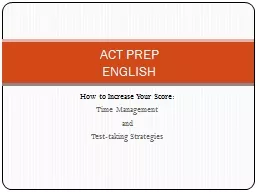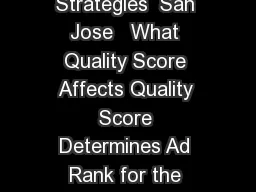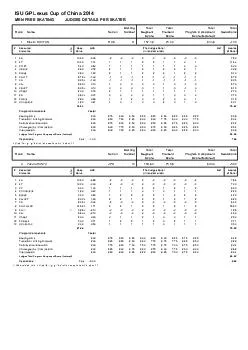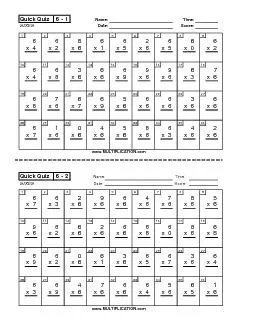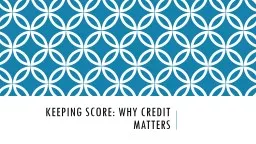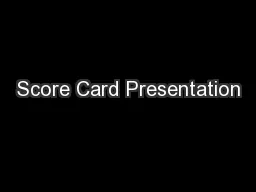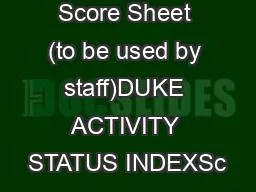PPT-How to Increase Your Score:
Author : tawny-fly | Published Date : 2019-06-20
Time Management and Testtaking Strategies ACT PREP ENGLISH Overview of the ACT The ACT is about three hours long 35 with the Writing test There will be a short
Presentation Embed Code
Download Presentation
Download Presentation The PPT/PDF document "How to Increase Your Score:" is the property of its rightful owner. Permission is granted to download and print the materials on this website for personal, non-commercial use only, and to display it on your personal computer provided you do not modify the materials and that you retain all copyright notices contained in the materials. By downloading content from our website, you accept the terms of this agreement.
How to Increase Your Score:: Transcript
Download Rules Of Document
"How to Increase Your Score:"The content belongs to its owner. You may download and print it for personal use, without modification, and keep all copyright notices. By downloading, you agree to these terms.
Related Documents

